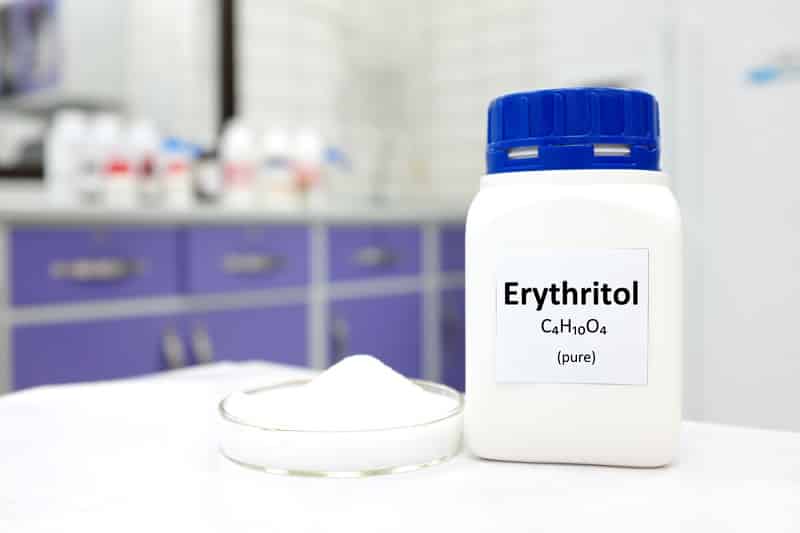
DISCLOSURE: This post may contain affiliate links, meaning when you click the links and make a purchase, I receive a commission. As an Amazon Associate I earn from qualifying purchases.
Although you may never have heard of erythritol, if you have eaten grapes or peaches, you most certainly have consumed it. Erythritol is a kind of carbohydrate in the form of sugar alcohol. Therefore, you can use it as a sugar substitute in the same way that xylitol is.
As mentioned, it occurs naturally in many foods such as fruits and when fermenting cheese and wine. Erythritol has been available on the market as an artificial sweetener since the 90s and is readily available in stores among the other artificial sweeteners or online.
Food manufacturers purchase erythritol in bulk and use it to sweeten diet foods and beverages. They often combine it with aspartame and stevia.
Why Do People Use It?
People opt for erythritol because sugar contains 4 calories for each gram, while erythritol has none. The reason is that it moves very quickly through the body and is excreted in the urine before it can be metabolized and donate energy to your body. In addition, it is popular because it is sweet and has the same flavor as sugar.
Erythritol is safe for people with diabetes as it does not influence blood sugar levels or insulin levels. However, people with diabetes still need to check the food containing erythritol as it may have other ingredients like fats and refined carbohydrates.
Is it Safe?
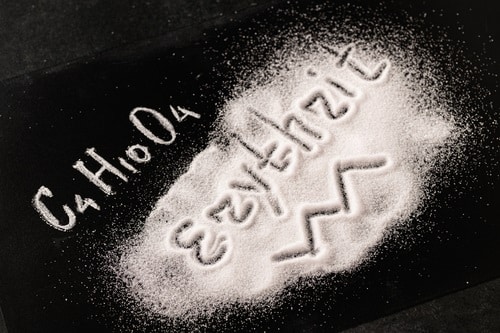
We know that some sugar substitutes are unsafe and have been linked to cancer. However, animal and human studies show that erythritol is one of the safer options, and the World Health Organisation approved it in the late 90s.
Erythritol is safe for your teeth, too, because it slows down the growth of bacteria that produce the acid leading to tooth decay.
How is it Sold?
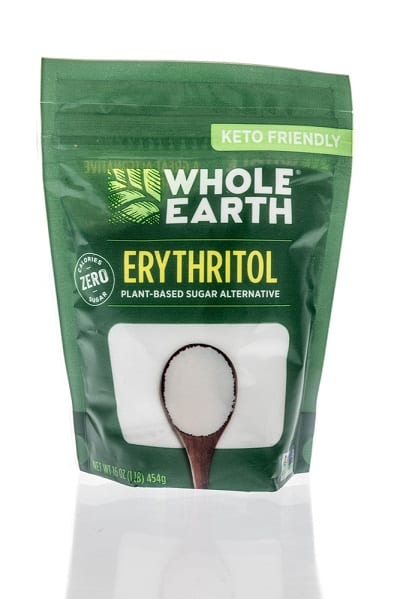
Erythritol is sold as a powder that looks like icing sugar or as white crystals that resemble sugar. It can be used in the same way as ordinary sugar by spooning it into a cup of coffee, sprinkling it over a fruit salad, or baking with it.
Remember, though, that it is not “real” sugar, so it may change the consistency of baked goods. In addition, it tends to crystallize when it’s heated, which is the focus of the rest of this article. Read on to find out how to keep erythritol from crystallization!
[amazon box=”B07SJ9LHMP”]
How to Keep Erythritol From Crystallizing
This product tends to crystallize pretty quickly, making it nearly impossible to use in baked goods that will be cooled afterward. If you have been using erythritol, you would know that when baked goods like cakes, brownies, and cookies cool, crunchy crystals are found throughout the item. The baked goods are usually fine for the first hour or two while still warm but become unpleasantly “sandy” on cooling.
Cooking experts recommend using distilled water for mixing erythritol since it contains no impurities (yes, impurities in your water can lead to crystallization). However, it’s worth a try. Hard water mainly seems to aggravate the situation.
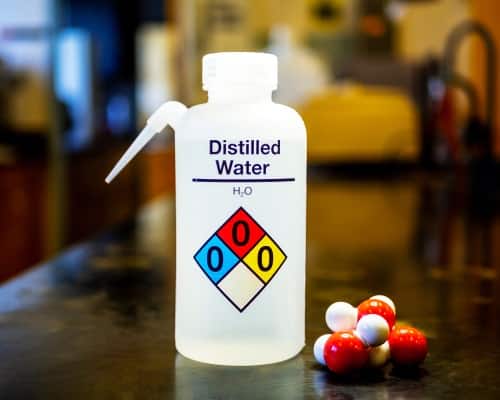
Others suggest using the powdered version for baking because it dissolves easier. Yes, it does but remember that crystals reform when the food cools. Again, this is simply the nature of erythritol and does not mean that you have done anything wrong.
What Causes the Crystallization?
Sure, erythritol tends to crystallize naturally, but it can be stimulated due to various reasons. First, dirty or improperly cleaned utensils and pots will lead to crystallization as the dirt provides surfaces for the crystals to form on.

In addition, if the water has a higher mineral content (a.k.a. hard water), the erythritol has a higher chance of crystallization. Lastly, if you stir the erythritol during boiling, it will crystallize easier.
The scientific explanation is that erythritol is not hygroscopic like sugar is. That means that it doesn’t hold onto the water, but lets go of the moisture and recrystallize after dissolved. On the other hand, Xylitol is more hygroscopic but must be completely dissolved before use.
What Are Other Ways to Prevent This?
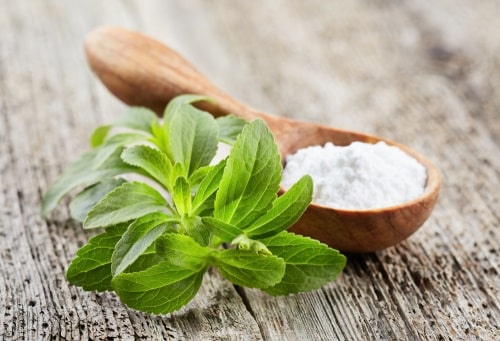
Apart from using clean water, clean utensils, and minimizing stirring, the best solution seems to be to use a mixture of sweeteners rather than erythritol alone. The recommended ratios are 70% erythritol, 15% stevia, and 15% sucralose.
Also, warm up the baked goods before eating them if appropriate. (Things like brownies and cookies are kind of nice eaten warm anyway.) If you need a chilled dessert, make those with a high moisture content like cheesecake rather than cakey puddings.
Conclusion
The bottom line is that erythritol is an excellent choice for people who need to control their sugar intake. However, it is best used to sweeten things like warm beverages rather than baking. Remember, though, if you bake with it, choose high liquid recipes and treats that can be eaten warm. Good luck and let us know how it goes for you.